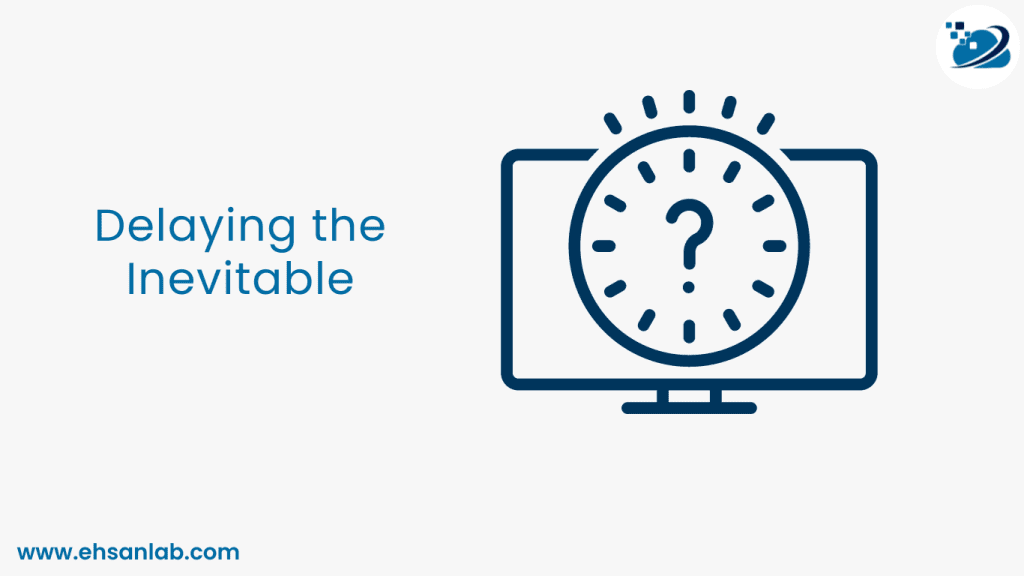Welcome to a journey of demystifying common mistakes in software testing. In this guide, we will explore crucial pitfalls that can hinder your testing process and provide practical ways to overcome them. From the absence of a detailed test plan to the rush to finish without proper documentation, we will navigate through the challenges and offer strategies to enhance your software testing practices.
To begin, let’s delve into the first mistake: starting the testing process without a well-crafted test plan.

Beginning the Journey without a Map
Imagine you’re off on an adventure without a map or a clear destination. Sounds chaotic, right? The same chaos can erupt if software testing commences without a well-drawn test plan. it is one of a common mistakes in software testing.This plan serves as a roadmap, defining the testing objectives, methodologies, required resources, schedules, and potential risks. If you bypass this step, disorganized testing, missed bugs, and pervasive inefficiencies may ensue.
To dodge this, spend time crafting a comprehensive test plan before the testing process begins. This approach will ensure that testing is systematic and efficient. Among the articles suggested for you to learn more: Introduction to Software Testing

Ignoring the Importance of Documentation
Often, in a race to reach the end, diligent documentation of test cases, outcomes, and observations falls by the wayside. However, improper documentation can breed confusion, especially when revisiting tests or when the team composition changes.
To avoid this, creating detailed documentation becomes crucial. It ensures transparency, accountability, and also promotes effective communication within the team.

Waiting Too Long to Test
Many teams err by waiting until developers complete the entire software before initiating testing. This approach can result in late detection of bugs, escalating their rectification cost and time.
To circumvent this, teams should adopt ‘shift-left testing’,” an approach where testing begins early in the development process. This strategy helps in identifying and addressing issues earlier on, thereby saving both time and resources.
Among the articles suggested for you to learn more: How Small Changes Can Lead to Big Results

Over-reliance on Automated Testing
Automation has indeed revolutionized software testing, making it swift and efficient. However, leaning too heavily on automated testing without adequate manual testing can be a blunder. While automated tests excel at repetitive tasks and regression testing, they lack the intuition and adaptability of a human tester.
The solution? Striking a balanced mix of manual and automated testing. This approach ensures the efficiency of automation while retaining the human touch essential for exploratory testing.

Neglecting Non-Functional Testing
Aspects like performance, security, usability, and reliability often get overshadowed in the rush to ensure functional correctness. However, these elements significantly affect user experience and overall software quality. Overlooking non-functional testing can result in software that, while functionally accurate, fails to meet user expectations or industry standards.
To avoid this, a robust non-functional testing phase is essential. This will help deliver software that is functionally correct, high-performing, and user-friendly.

Static Testing Approach: Lack of Review and Revision
Software testing is not a one-time process. It requires continuous review and revision based on feedback and evolving requirements. Failing to update test cases and strategies can lead to outdated testing that fails to spot new or evolved bugs.
Regular review and revision of testing processes will ensure that testing remains effective and relevant, capable of identifying new issues and bugs as they emerge.
Conclusion: Navigating the Software Testing Landscape
In conclusion, software testing isn’t just a box to be ticked in the software development process. It is a complex, dynamic process that requires careful planning, execution, review, and revision. By understanding and avoiding these common mistakes, you can ensure the efficiency and effectiveness of your software testing process, delivering software that is functionally sound, user-friendly, secure, and reliable. Remember, in the realm of software development and testing, attention to detail can make the difference between software that merely functions and software that truly performs.

